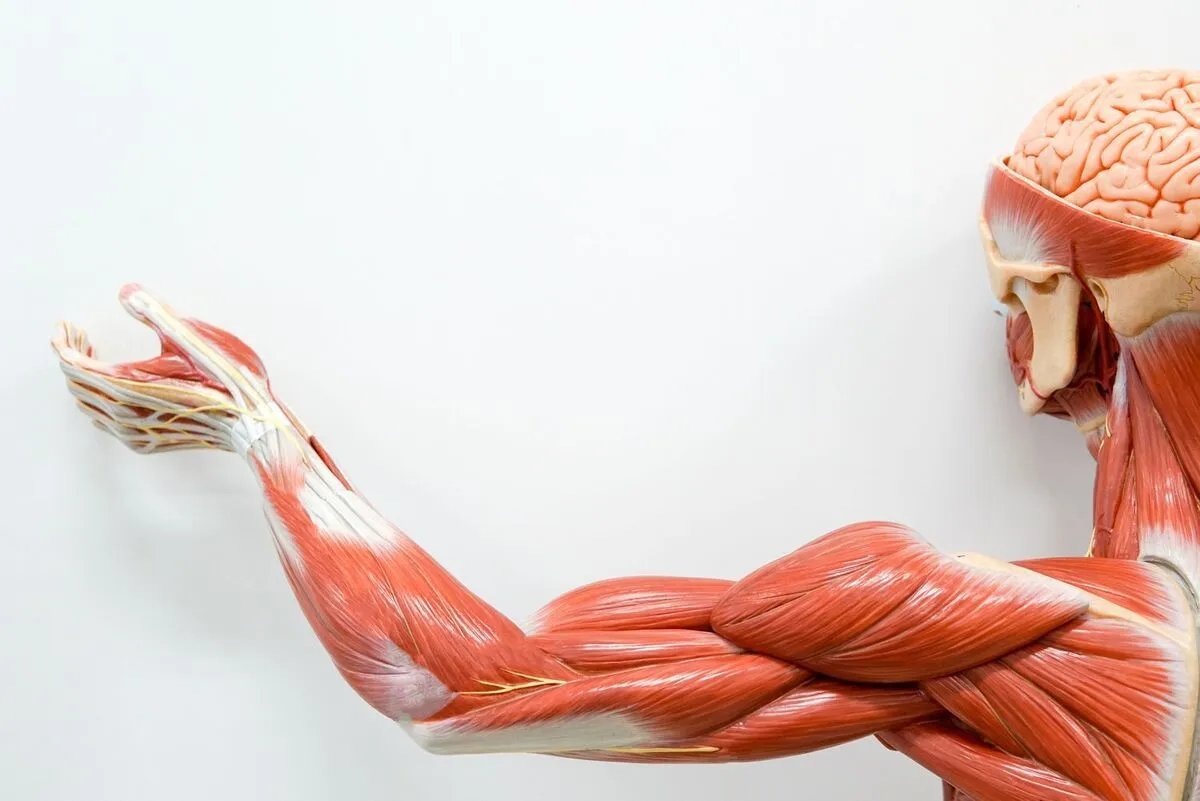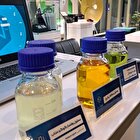Scientists Discover Key Protein behind Exercise’s Anti-Aging Power

Everyone knows that “exercise is good for your health,” but not many can actually explain why that’s the case. A joint research team led by Dr. Yong Ryoul Yang of the Aging Convergence Research Group at the Korea Research Institute of Bioscience and Biotechnology (KRIBB) and Professor Nak-Sung Kim of Chonnam National University has identified a key protein called CLCF1 (cardiotrophin-like cytokine factor 1). This protein plays a central role in delivering the health benefits of physical activity, the journal Nature Communications reported.
The researchers found that CLCF1 is released by muscles during exercise, where it supports muscle and bone strength and helps slow musculoskeletal aging.
To examine how CLCF1 responds to exercise and aging, the researchers divided participants into two groups: young and elderly. They measured blood levels of CLCF1 after physical activity and found that levels rose significantly after a single exercise session in younger participants. In contrast, older adults only showed increased CLCF1 levels after more than 12 weeks of consistent exercise.
The researchers also tested CLCF1 in aged mice. When the protein was administered, the mice experienced greater muscle strength and higher bone density. However, when CLCF1 activity was blocked, exercise had no positive effect, confirming that the protein is essential for the body’s adaptive response to physical activity.
Further analysis showed that CLCF1 enhances mitochondrial function in muscle cells, inhibits the formation of bone-resorbing osteoclasts, and promotes the differentiation of bone-forming osteoblasts. This is the first scientific evidence identifying changes in protein secretion as a major reason for the reduced efficacy of exercise in aging individuals.
Dr. Yong Ryoul Yang from KRIBB said, “This research provides a biological basis for why exercise becomes less effective with age, and it lays the groundwork for developing new therapeutic strategies for healthy aging. In particular, the findings offer new directions for treating age-related sarcopenia and osteoporosis.”
4155/v





















